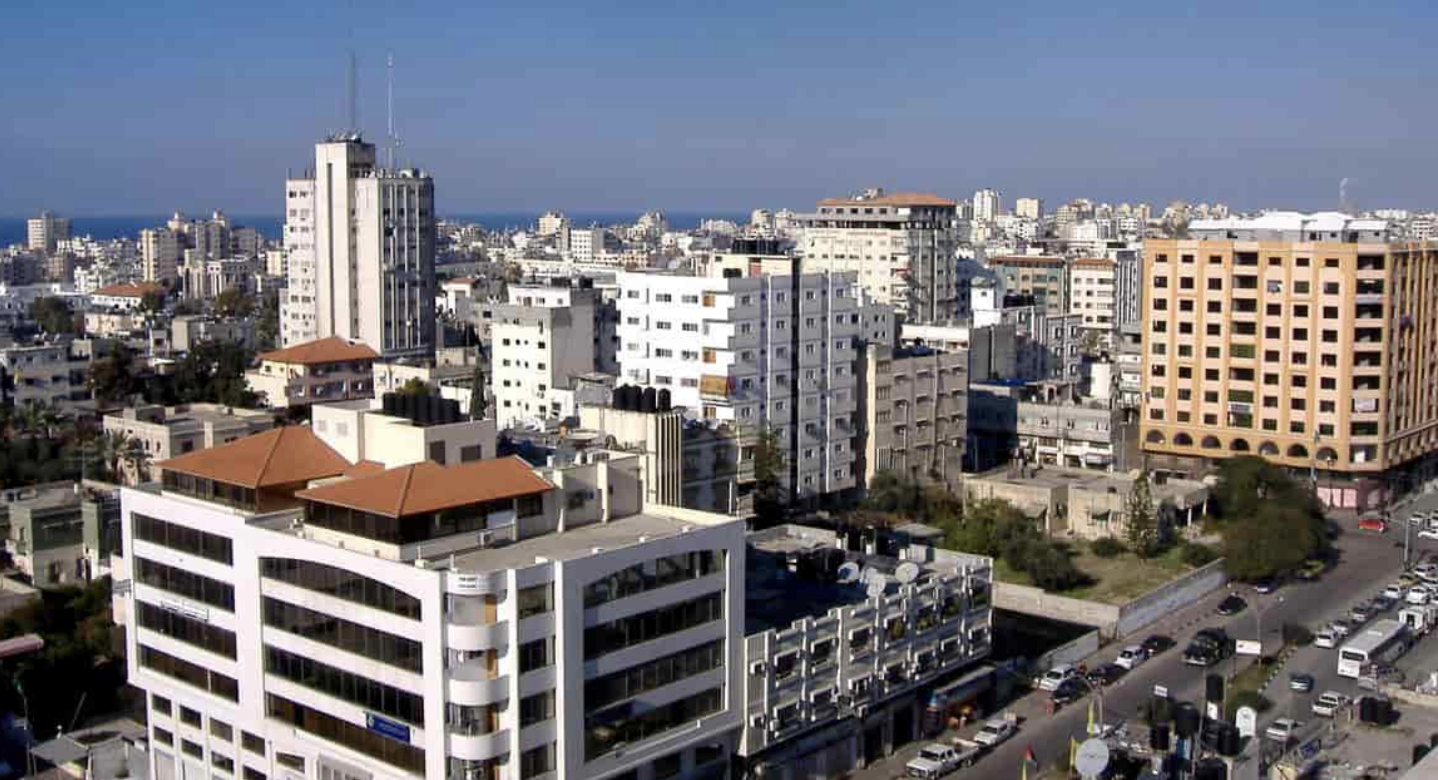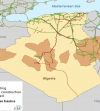Since the Oslo Accords (1993), the Palestinian Authority (PA) has only very partial control over its budgetary revenues and is largely dependent on Israel for their collection. The Israeli government pays them back in the form of clearance revenues (customs duties and taxes) after deducting a fee for services such as electricity, water and health.
For the period January-September 2023, the gross amount of clearance revenue reached nearly ILS 9 billion but only ILS 6.5 billion after various deductions, or almost EUR 1.6 billion. These funds represent 750 M ILS per month (190 M USD) or 2/3 of the PA’s public revenue. The Palestinian government uses these funds to pay the salaries of 140,000 civil servants and the pensions of 53,000 retirees.
After contradictory calls within the Israeli government between suspension by the Minister of Finance and maintenance by the Minister of Defense, the Israeli authorities announced on November 8 that they had transferred 400 M ILS (97 M EUR) for the month of October, i.e. less than half of the sum for the month of September after deducting expenses supposedly linked to Gaza. The Palestinian Ministry of Finance estimates government spending for the Gaza Strip at between 35 and 40% of its current total budget, or USD 1.6 billion per year.
President Abbas, however, refused the payment of these reduced sums – at the risk of a complete freeze in the payment of civil servants’ salaries -, emphasizing the unity of the Palestinian Territories between Gaza and the West Bank. Since November 2021, civil servants already received only 80 to 85% of their salaries (50% in Gaza). The AP owes them a combined USD 2.1 billion, which represents approximately three full monthly payments for each employee.
If this source of financing is effectively cut, the AP’s debt, already structurally in deficit (the budget deficit, reduced to 0.9% of GDP in 2022, was already forecast at 5.5% in 2023), could weighing down even more as the Palestinian Authority supports bereaved families in repaying their loans (USD 7 billion). The AP’s debt to local banks amounts to USD 2.3 billion. Finally, even if Israel respects its obligations to the PA, the expected drop in imports, as well as the inevitable contraction of the Palestinian economy, will mechanically reduce monthly customs clearance tax transfers.
Beyond clearance revenues, the Palestinian Authority’s revenues mainly come from local taxes as well as international aid. From now on, revenues from local taxes (around ILS 200 million) should primarily be used to pay for hospitals, medicines and fuel for patrol vehicles.
Source French Embassy in Israel, Economic Service








Réagissez à cet article